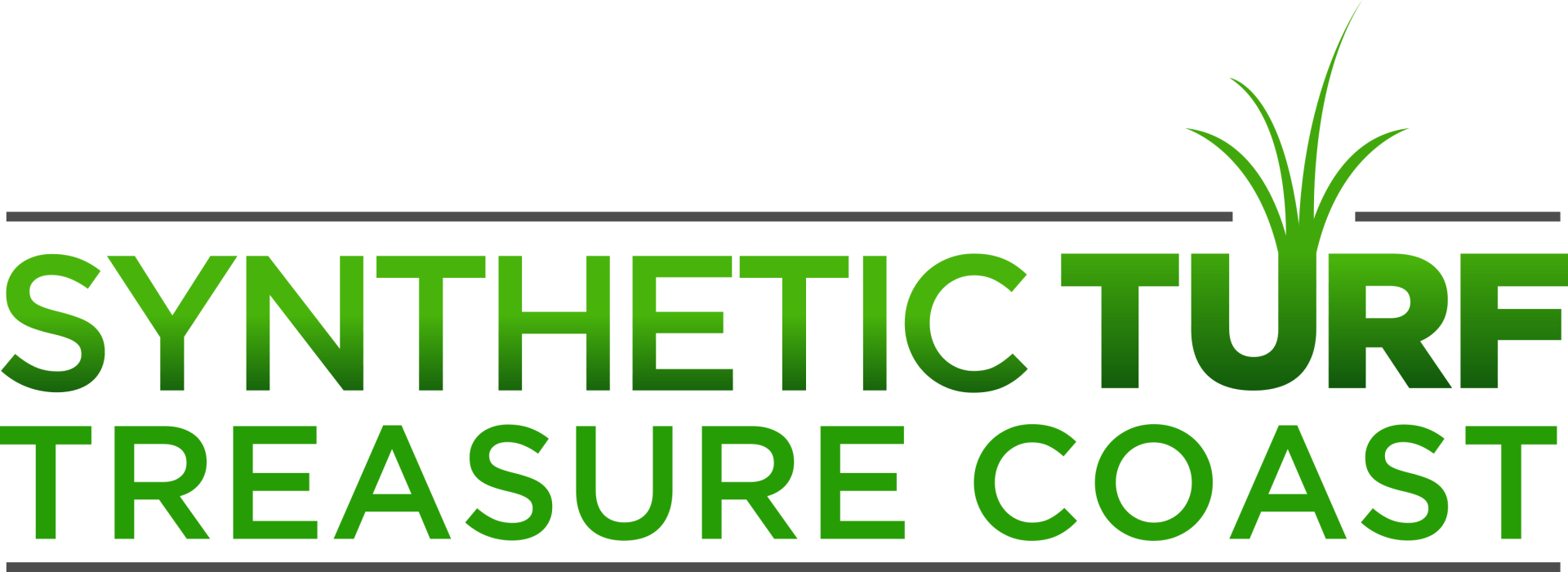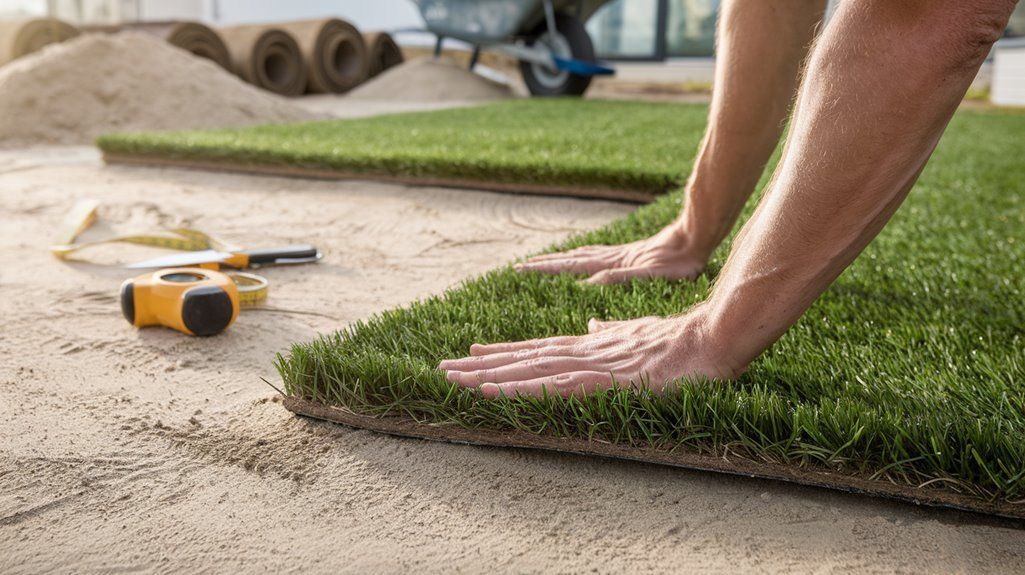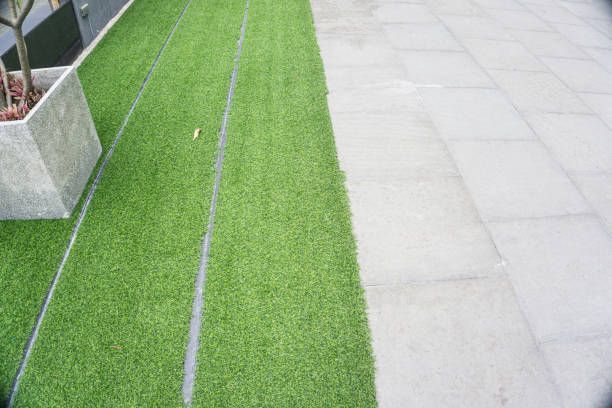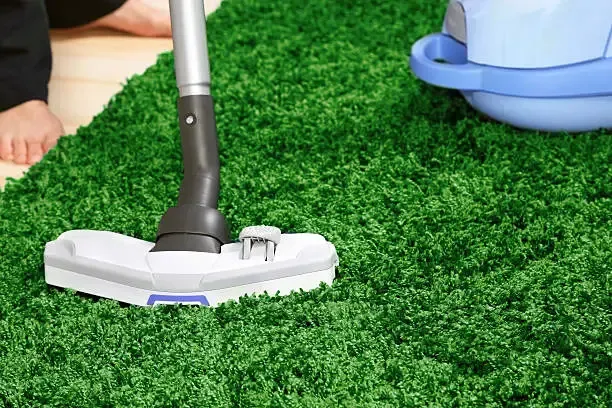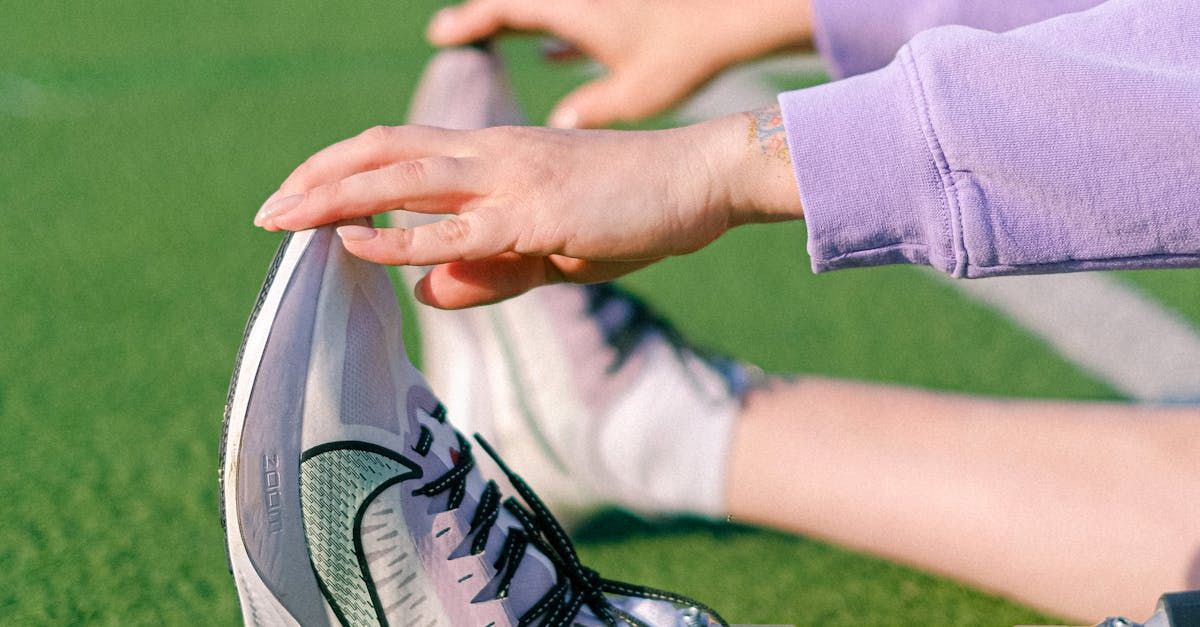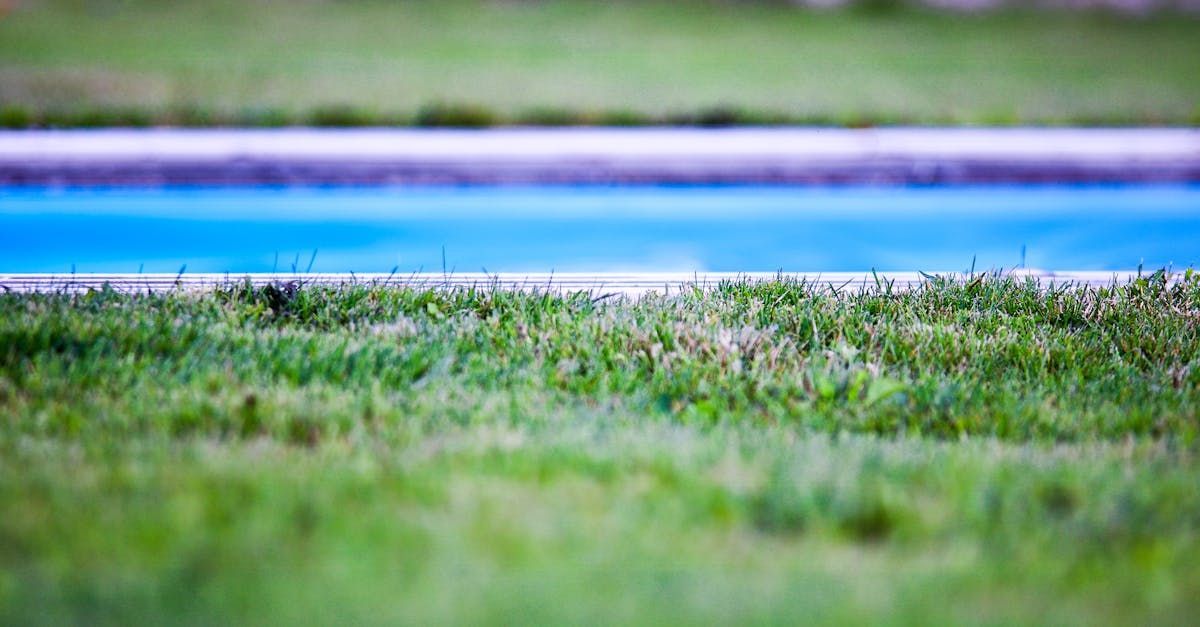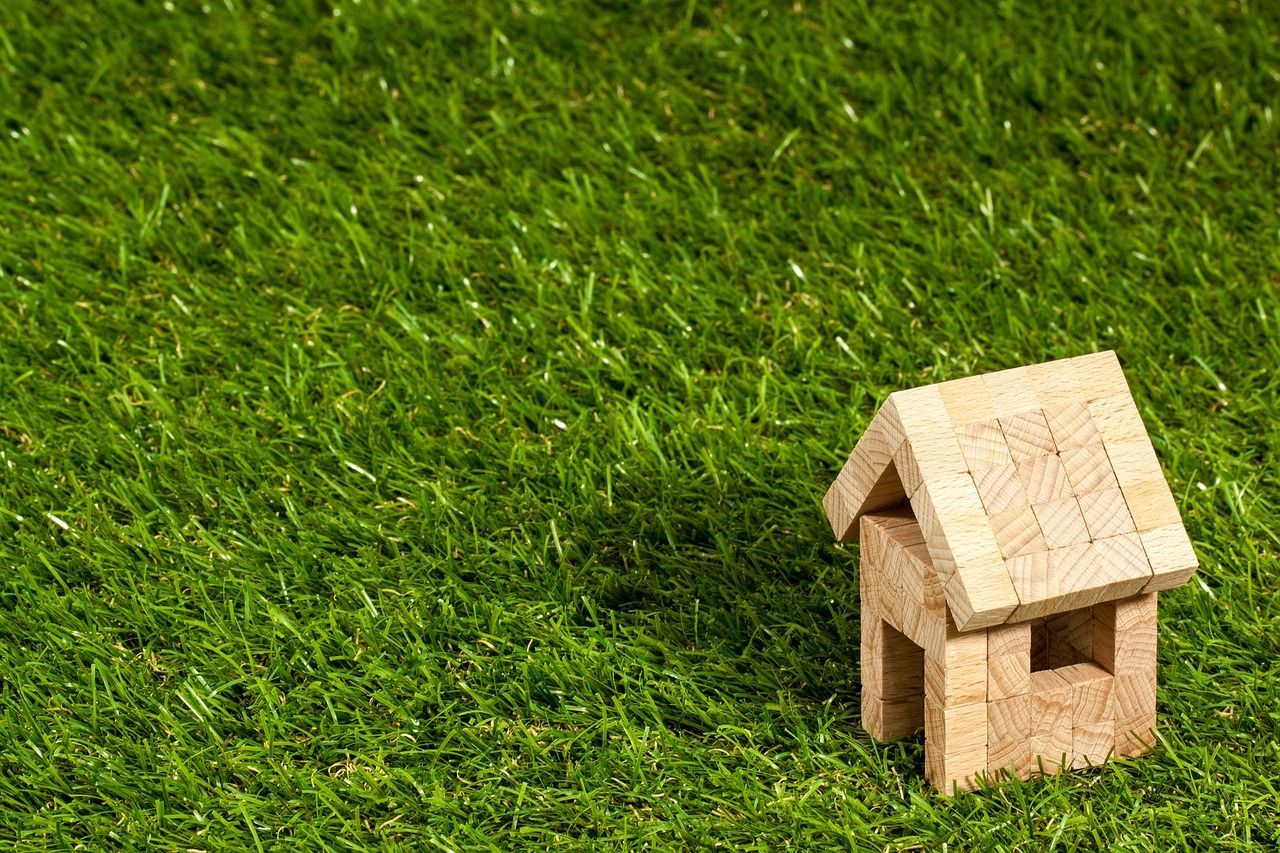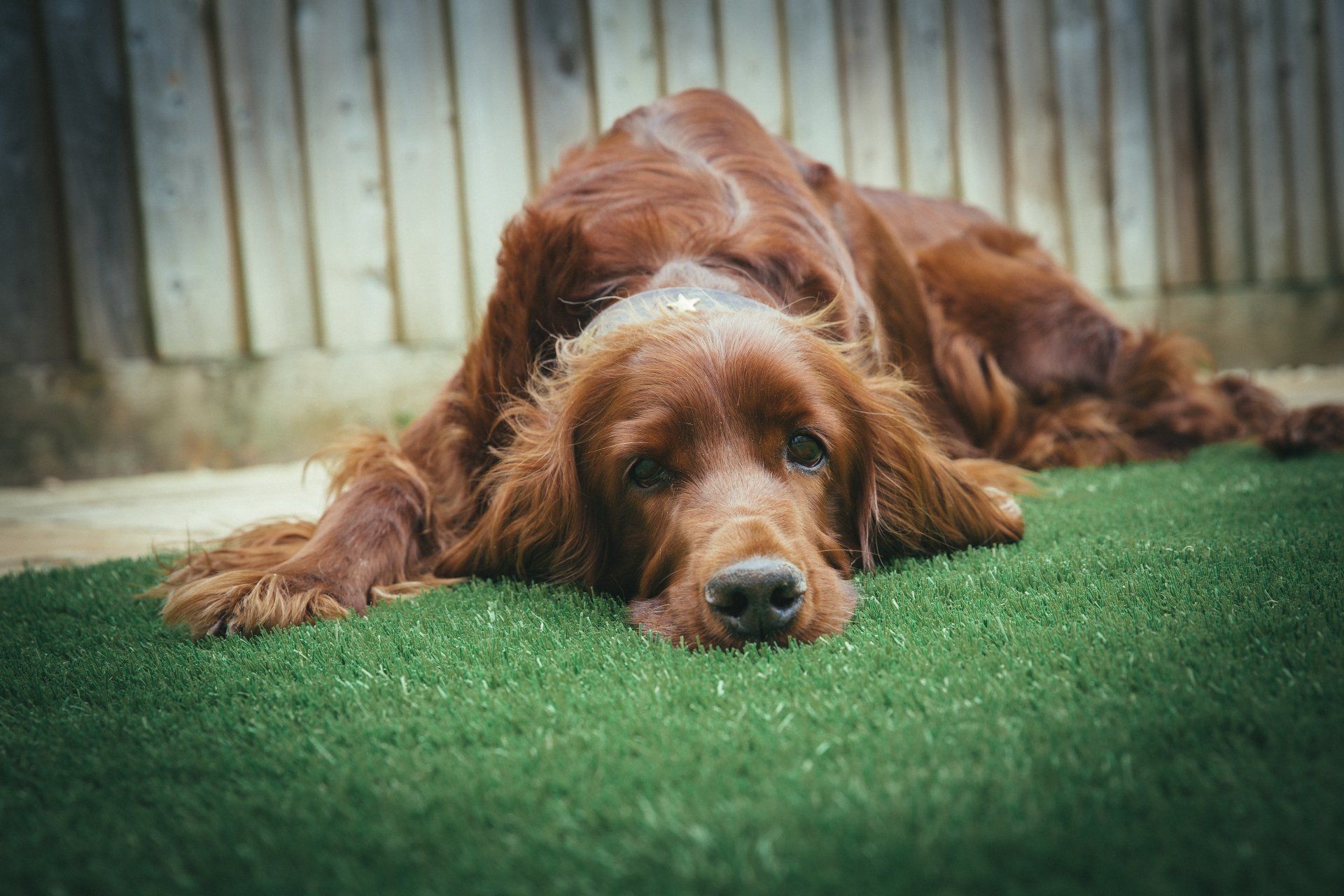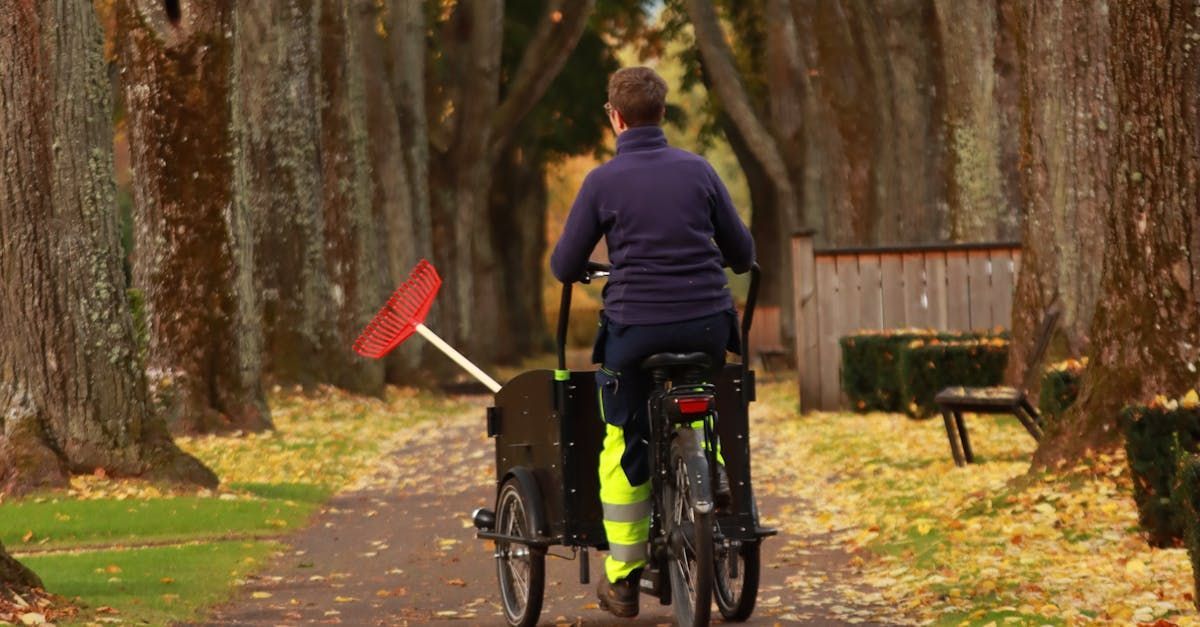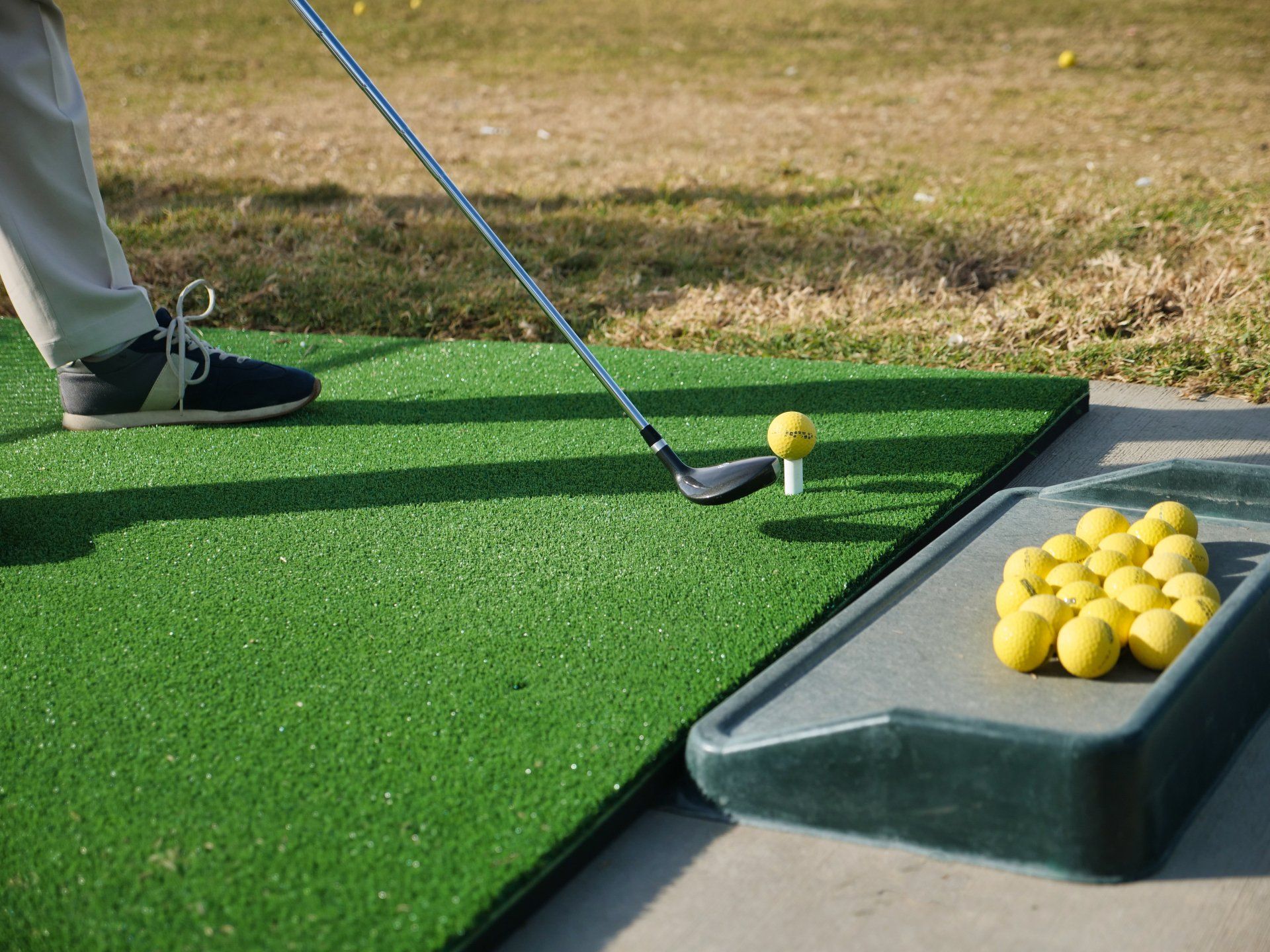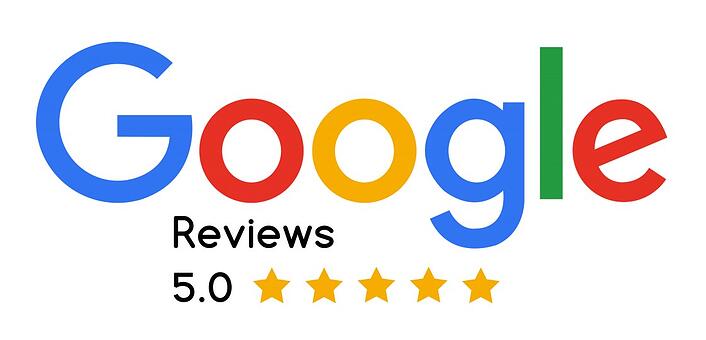The quality and type of synthetic fibers used in artificial grass are pivotal factors that dictate its initial cost and long-term performance. High-quality fibers, such as polyethylene or nylon, are renowned for their durability and realistic appearance, mimicking the look and feel of natural grass. These materials undergo advanced manufacturing processes that enhance their resistance to weathering, UV exposure, and wear and tear. Consequently, their higher cost reflects the investment in superior materials that offer extended lifespans and reduced maintenance requirements over time.
The 2024 Cost of Artificial Grass: A Comprehensive Pricing Guide
When it comes to enhancing outdoor areas, the allure of artificial grass is undeniable. Gone are the days of endless mowing, watering, and battling pests and weeds. Instead, homeowners and businesses increasingly turn to synthetic turf as a low-maintenance alternative that promises year-round greenery without the hassle. However, amidst this growing trend lies a crucial concern: the cost.
However, as with any significant home improvement, understanding the costs involved is crucial. This comprehensive pricing guide aims to provide you with detailed insights into the cost of artificial grass in 2024, helping you make an informed decision for your property.
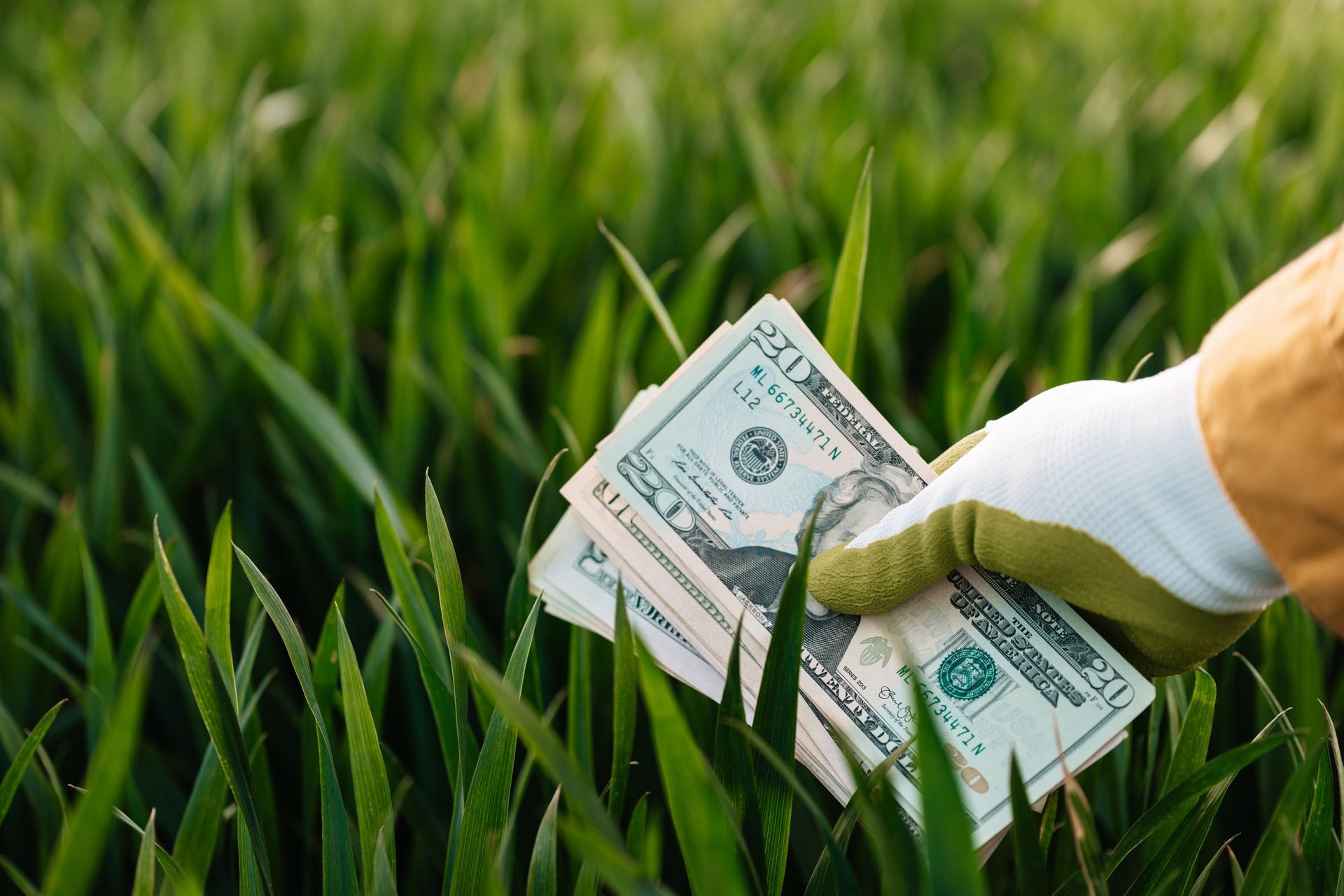
How does the cost of artificial turf compare to sod?
When it comes to pricing, sodding costs less at around $1 to $2 per square foot, including labor. However, even though you’ll pay more for artificial turf (around $5 to $20 per square foot in total), you’ll benefit from the lack of maintenance costs. You don’t need to water, mow, or fertilize the yard to maintain it. Instead, you get to sit back and relax all summer long. (1)
Picture this: You're a homeowner envisioning a lush, green lawn greeting you every time you step into your backyard. You crave the aesthetics and convenience that artificial grass offers, but as you delve deeper into synthetic turf, you find yourself grappling with many questions. How much does it cost? What factors influence pricing? Is it a worthy investment in the long run?
The problem at hand is multifaceted and deeply rooted in the complexities of the artificial grass industry. Across the globe, homeowners, landscapers, and businesses are confronted with the challenge of navigating through a sea of pricing structures, each seemingly more intricate than the last. From material costs and installation fees to maintenance expenses and durability, the landscape of artificial grass pricing is as diverse as the myriad of blades that make up its surface.
One of the primary culprits contributing to this problem is the lack of transparency in pricing. Unlike traditional landscaping materials, where costs are relatively straightforward, artificial grass pricing often feels like deciphering a cryptic code. With factors such as pile height, yarn type, infill materials, and installation methods playing a role, it's no wonder that consumers are left confused.
Adding to the complexity is the variability in pricing across regions. What may be considered a reasonable price in one area could be exorbitant in another. Factors such as local labor costs, supply and demand dynamics, and regulatory requirements all exert influence, further complicating the pricing landscape.
Moreover, the decision to invest in artificial grass isn't solely driven by cost considerations. Homeowners and businesses must weigh the upfront expenses against the long-term benefits, considering water savings, reduced maintenance, and enhanced curb appeal. This introduces a layer of subjectivity to the equation, as the perceived value of these benefits may vary from one individual to another.
Another significant challenge is the lack of standardized pricing guidelines within the industry. While some companies provide detailed breakdowns of costs, others offer vague estimates that leave consumers uncertain and vulnerable to potential hidden fees. This lack of uniformity fosters distrust and makes it challenging for consumers to evaluate prices and make well-informed decisions.
Furthermore, the swift pace of technological advancements in synthetic turf adds another dimension to the pricing conundrum. As manufacturers develop innovative materials and installation techniques, consumers face the dilemma of whether to opt for the latest advancements or stick with tried-and-true options. This constant evolution introduces an element of uncertainty, making it challenging for consumers to gauge the value proposition of various products and services.
In light of these challenges, it's evident that there is a pressing need for a comprehensive pricing guide that demystifies the world of artificial grass costs. Such a resource would empower consumers with the knowledge and insights needed to navigate through the myriad of pricing options, enabling them to make confident and informed decisions.
In the following sections of this blog, we will dive deep into the factors that influence artificial grass pricing, providing you with a clear understanding of what to expect when embarking on your synthetic turf journey. So, whether you're a homeowner seeking to transform your backyard oasis or a business owner looking to enhance your commercial space, join us as we embark on a journey to uncover the 2024 cost of artificial grass and equip you with the knowledge you need to make the best decision for your needs and budget.
Factors Affecting the Cost of Artificial Grass in 2024
Several factors contribute to the overall cost of installing artificial grass. Comprehending these factors can help you budget for your project effectively.
Quality and Type of Synthetic Fibers
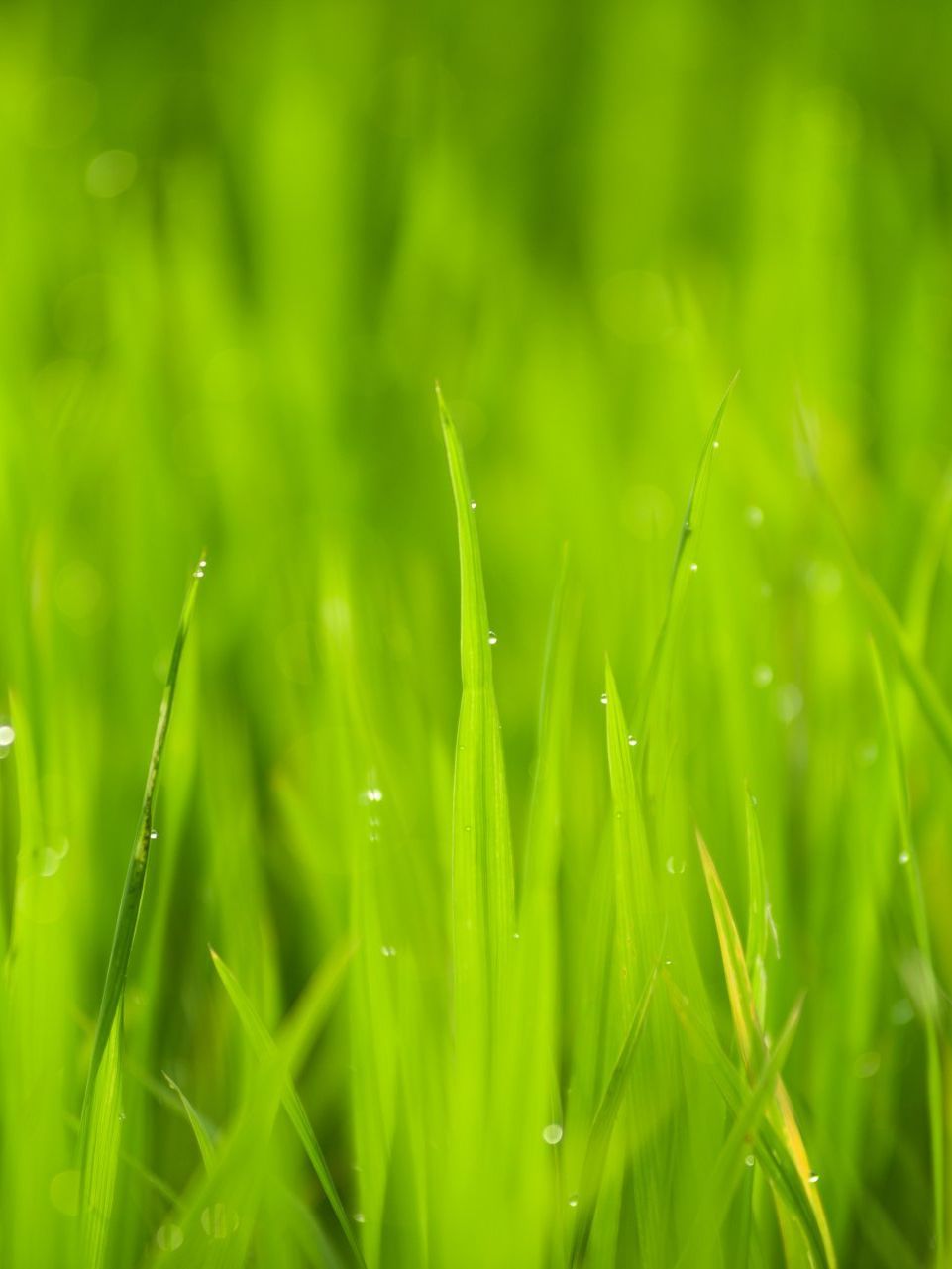
Opting for superior synthetic fibers typically involves a higher upfront expenditure due to their enhanced manufacturing processes and material quality. However, this initial investment often translates into long-term savings by minimizing the need for regular replacements or repairs. The durability and aesthetic appeal of high-quality fibers also contribute to the overall value proposition, making them a suitable choice for homeowners and businesses seeking lasting quality in their outdoor spaces.
To manage expenses related to fiber quality, consider assessing your specific needs and balancing them against available options. Opt for synthetic fibers that align closely with your aesthetic preferences and functional requirements without overspending on unnecessary features. Consulting with an experienced turf installer or manufacturer can provide valuable insights into cost-effective choices that meet your expectations without compromising quality or durability.
Pile Height and Density
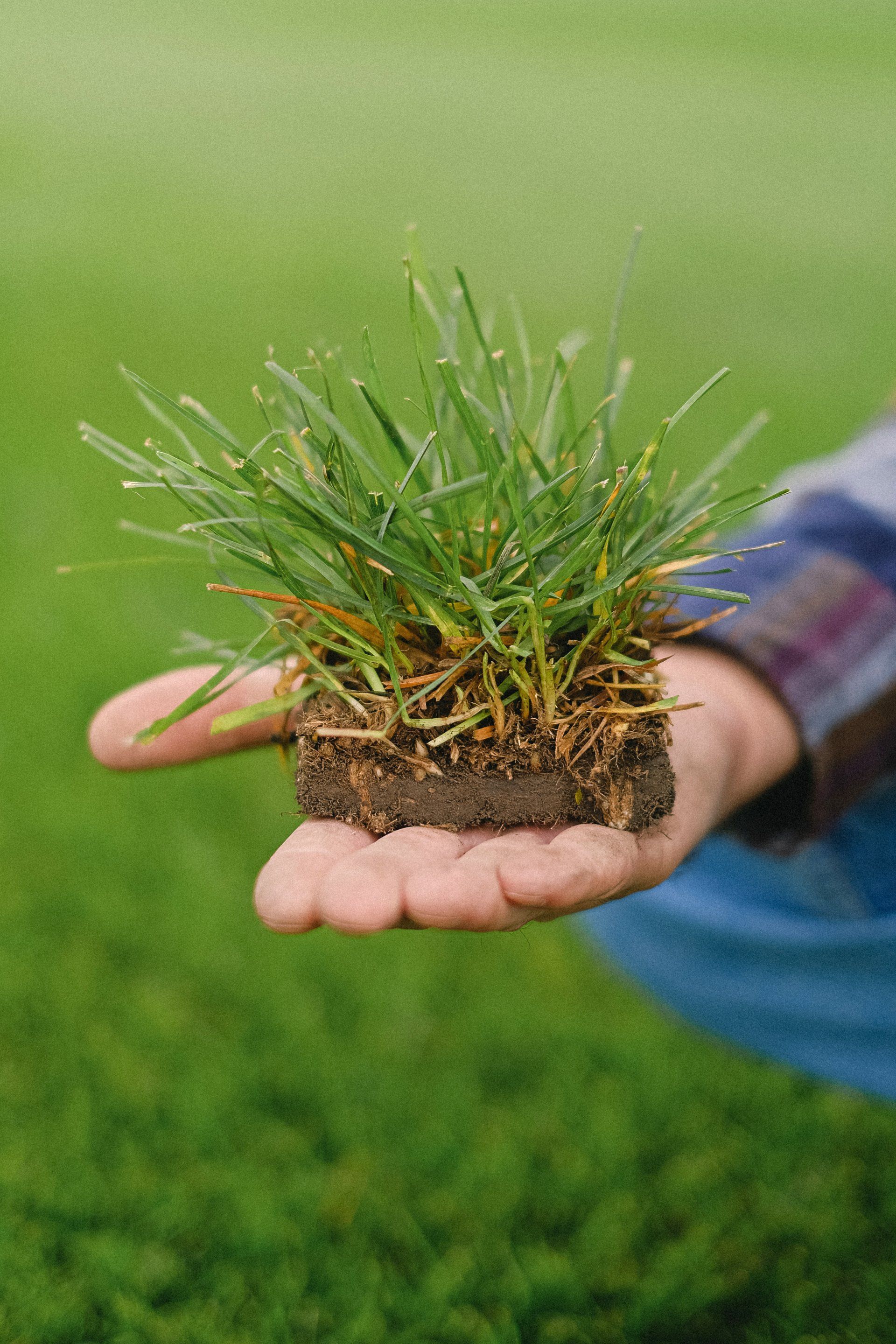
The artificial grass' pile height and density play crucial roles in determining its appearance, comfort, and durability. The length of the grass blades is the pile height, with taller piles often providing a more lush and natural appearance akin to well-maintained natural grass. Similarly, density pertains to the closeness and thickness of the fibers within the turf, influencing its resilience and overall feel. Higher-density turfs are typically more robust and plush, offering superior durability and comfort underfoot.
Artificial grass with taller pile heights and higher densities generally commands a higher price point due to increased material usage and more intricate manufacturing processes.
These factors contribute to a more luxurious look and feel, making them desirable for residential and commercial applications where aesthetic appeal is paramount. The upfront investment in higher pile heights and densities is often justified by their durability and the enhanced visual impact on outdoor spaces.
To manage pile height and density expenses, consider evaluating your specific usage requirements and aesthetic preferences. Opting for medium-density turfs that strike a balance between cost-effectiveness and visual appeal can help achieve desired results without exceeding budgetary constraints. Engaging with knowledgeable installers can facilitate informed decisions by recommending suitable options that align with your project goals and financial considerations
Infill Materials
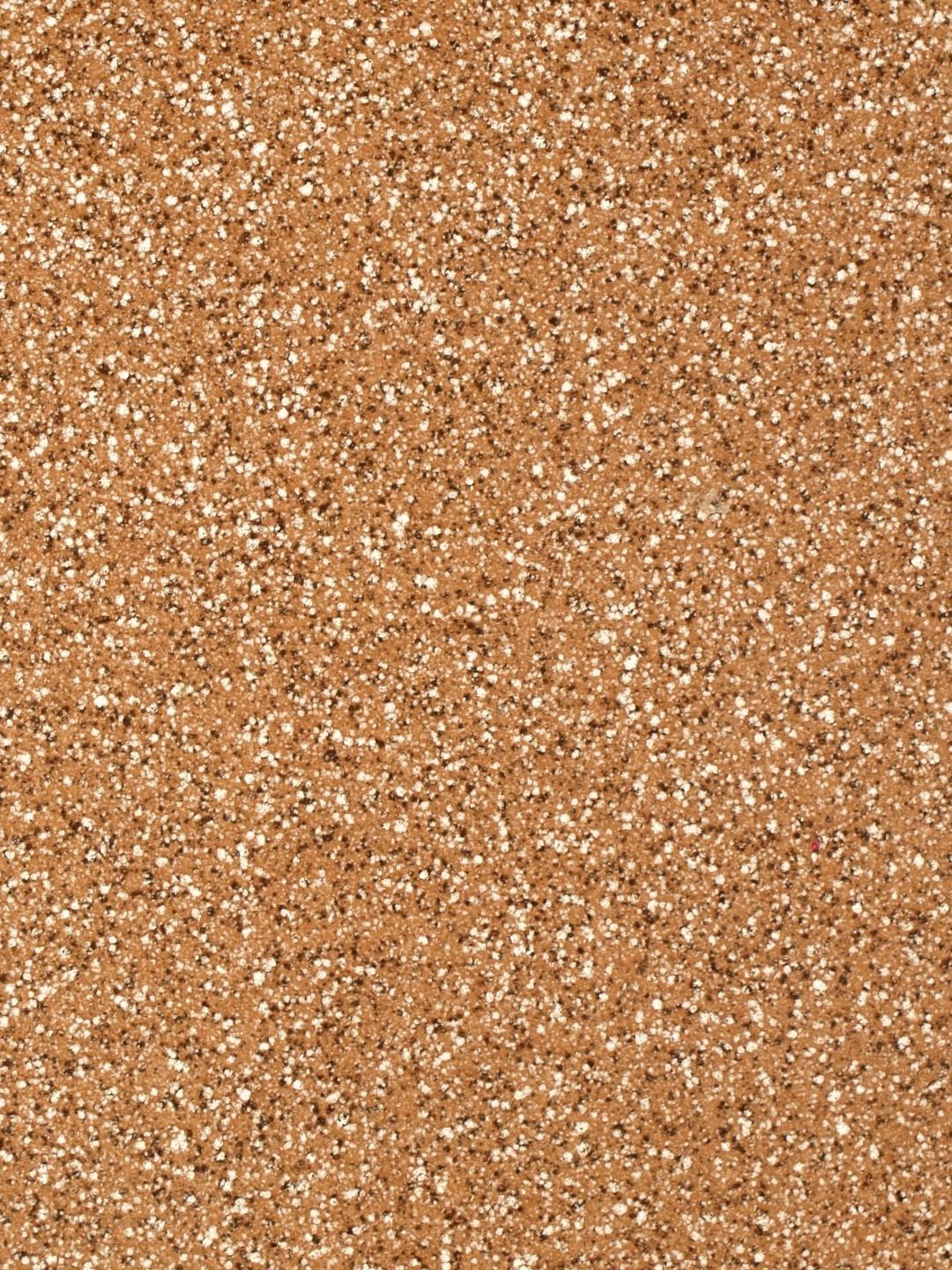
Infill materials are essential to artificial turf installation cost, contributing to stability, drainage efficiency, and underfoot cushioning. Common infill materials include silica sand, rubber crumbs, and organic infills, each offering distinct benefits in terms of performance and cost. Silica sand, for instance, aids in maintaining turf stability and drainage, while rubber crumbs enhance shock absorption, making them suitable for sports fields and high-traffic areas.
The choice of infill materials significantly influences the overall cost of artificial grass installations, with premium options or larger quantities contributing to higher expenses. These materials are integral to the turf's functionality and longevity, warranting careful consideration based on specific project requirements and performance expectations. While initial costs may vary, selecting appropriate infill materials can optimize the turf's performance and reduce long-term maintenance needs, enhancing overall value.
To manage costs related to infill materials, explore alternative options that meet performance standards without exceeding budget constraints. Discussions with experienced installers can provide insights into cost-effective solutions tailored to your project's needs, ensuring optimal performance and durability without unnecessary expenses. Consider prioritizing infill materials that strike a balance between functionality, durability, and affordability, thereby maximizing the value of your artificial grass investment over time.
Installation Method
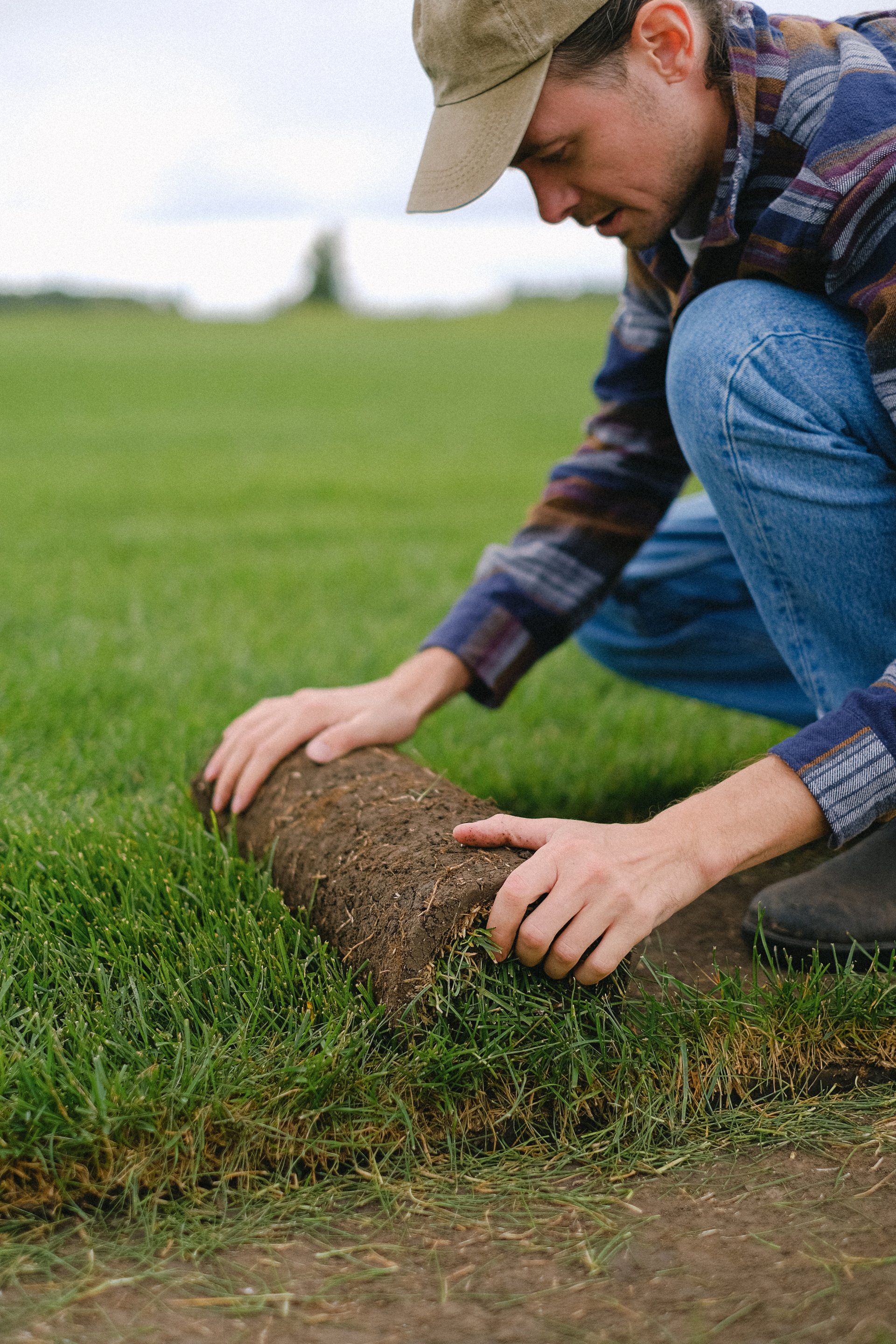
The installation method of artificial grass is critical in determining the upfront cost and the long-term performance of the turf. This process involves preparing the base, laying down the turf, and securing it properly to ensure durability and stability. Complex installation techniques, such as those required for irregularly shaped areas or intricate landscaping designs, can increase labor costs and time investment. Factors like the use of specialized equipment and skilled labor also contribute to overall expenses.
Opting for a professional installation that adheres to industry standards and best practices typically involves higher initial costs due to labor-intensive processes and specialized tools required.
However, investing in proper installation ensures the turf's longevity, minimizing risks of shifting or uneven surfaces over time. Professional installers are equipped to handle various challenges and ensure optimal results, thereby justifying the initial expenditure through enhanced performance and durability of the artificial grass.
To manage the artificial turf installation expenses, consider planning and preparing the installation site beforehand to streamline the process. Clearing debris, leveling the ground, and providing adequate access for installers can help reduce labor hours and associated costs. Additionally, discussing installation options and requirements with reputable contractors can provide cost-effective solutions tailored to your project needs and budget constraints.
Size and Shape of the Area
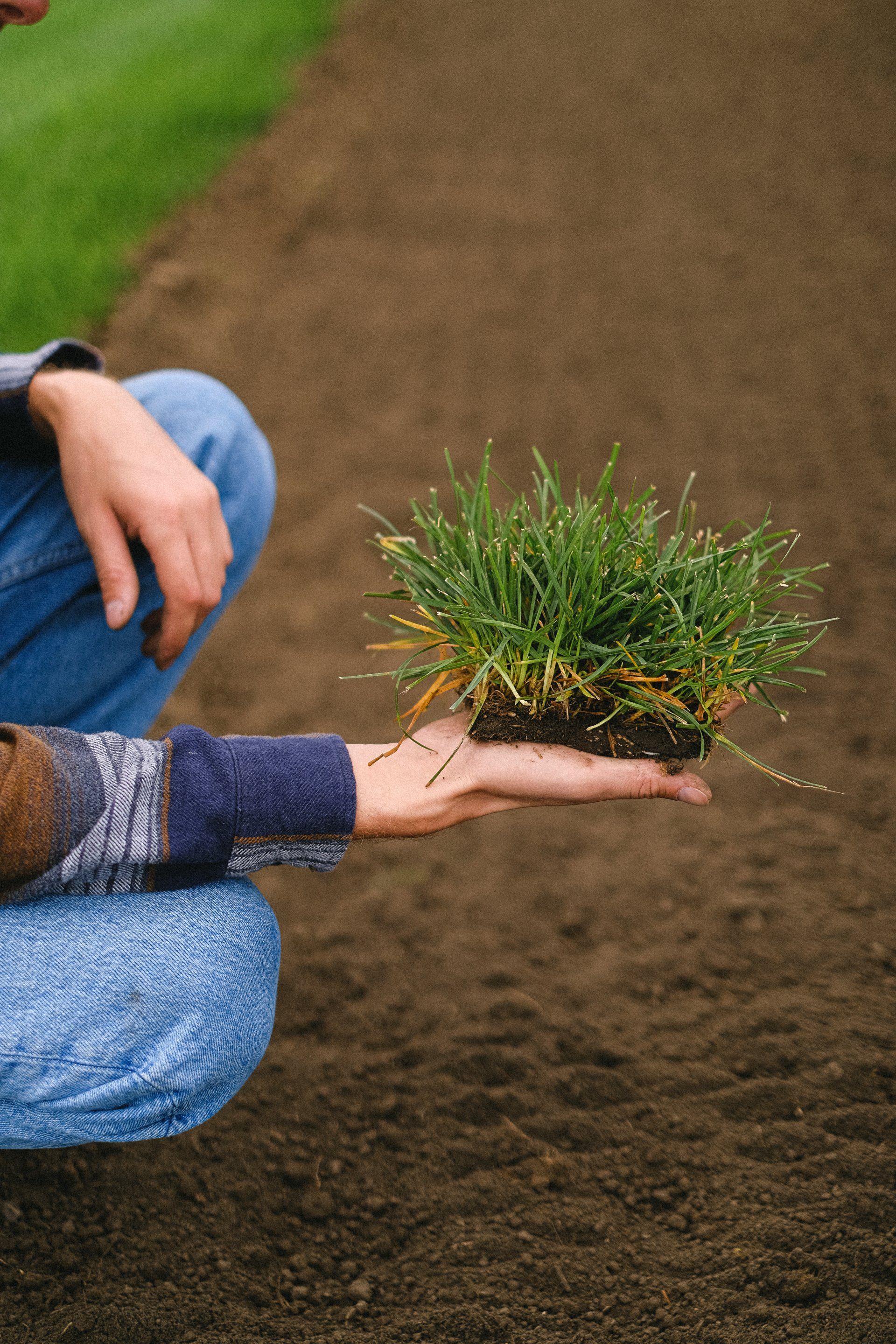
The size and shape of the area to be covered with artificial grass directly impact material quantities, labor requirements, and overall installation complexity. Larger areas typically require more materials and longer installation times, resulting in higher costs. Similarly, irregularly shaped spaces may necessitate custom cutting and fitting of the turf, adding to material wastage and labor expenses.
Covering larger areas with artificial grass involves higher material costs and increased labor hours for installation.
However, economies of scale may apply, where bulk purchases of materials could potentially lower per-square-foot costs. Irregularly shaped areas often require additional effort in customization, contributing to higher overall expenses but ensuring precise fit and coverage for a seamless aesthetic.
To manage costs related to area size and shape, consider optimizing material usage by maximizing coverage efficiency. Prioritize standard shapes and sizes that minimize cutting and fitting requirements, reducing material waste and labor hours. Consulting with experienced installers can provide insights into layout options and potential cost-saving measures tailored to your specific project dimensions and design preferences.
Regional Variations
Regional factors such as local labor costs, market demand, and geographic conditions play significant roles in determining the cost of artificial grass. Areas with higher living costs or scarcity of skilled labor may experience inflated installation prices. Additionally, market demand and competition among suppliers can influence pricing dynamics, with higher demand often correlating with increased costs.
Artificial grass prices can vary widely across regions due to these factors, making it crucial for consumers to research local market conditions and acquire multiple quotes. Understanding regional variations allows for informed budgeting and ensures competitive pricing for quality materials and services. While higher costs may be prevalent in certain areas, strategic planning and negotiation can help mitigate expenses without compromising quality or service reliability.
To manage regional cost differentials, consider leveraging competitive pricing by obtaining quotes from multiple reputable suppliers and installers in your area. Negotiating based on market insights and comparing service offerings can help secure favorable terms while ensuring quality standards are met. Additionally, exploring alternative installation timelines or off-season scheduling may yield cost-saving opportunities amidst fluctuating market demands and labor availability.
Why Choose Artificial Grass?

In the quest for the perfect outdoor landscape, homeowners and businesses often find themselves at a crossroads, weighing the pros and cons of various options. Among these choices, artificial grass emerges as a compelling solution, offering many benefits beyond mere aesthetics. In this section, we explore why artificial grass has become the preferred option for discerning individuals seeking to enhance their outdoor spaces.
Low Maintenance
Maintaining a lush, green lawn all year can be time-consuming and labor-intensive for many homeowners. Natural grass requires regular mowing, watering, and fertilizing to keep it looking pristine, which can be costly and environmentally impactful. Artificial grass offers a solution by eliminating the need for these maintenance tasks. Once installed, it requires minimal upkeep—no mowing, watering, or fertilizing necessary.
Durability
Natural grass can struggle to withstand heavy foot traffic, pet activity, and harsh weather conditions, leading to bare patches, mud, and erosion over time. Artificial grass, however, is designed to withstand these challenges with durable synthetic fibers and a sturdy backing. It maintains its lush appearance and structural integrity year-round, making it ideal for high-traffic areas such as playgrounds, sports fields, and commercial landscapes. This durability ensures consistent performance and aesthetic appeal without frequent repairs or replacements, providing long-term cost savings.
All-Weather Use
Maintaining a natural grass lawn can be particularly challenging in regions with extreme climates. Droughts, heavy rainfall, or freezing temperatures can damage or kill natural grass, leaving homeowners with brown patches or muddy areas. Artificial grass solves this problem by remaining unaffected by weather extremes, as it retains its vibrant color and functionality throughout the year. This resilience makes it versatile for diverse geographical locations, ensuring greenery and usability even in challenging weather conditions.
Aesthetic Appeal
A green and lush lawn enhances the general appearance of residential and commercial properties. Natural grass requires meticulous care to achieve and maintain its desired appearance, often resulting in uneven growth or discoloration. Artificial grass provides a consistent, vibrant green surface that enhances curb appeal and complements architectural styles. Its uniform texture and color create a pristine, polished look without seasonal fluctuations or maintenance efforts, contributing to a well-manicured landscape throughout the year.
Versatility
Artificial grass offers versatility in landscaping applications that natural grass cannot match. It can be installed in areas where traditional grass struggles to thrive, such as shaded or sloped landscapes. Additionally, its flexibility allows for creative design elements such as rooftop gardens, indoor landscaping, or uniquely shaped areas impractical with natural grass. This adaptability expands the possibilities for transforming various outdoor and indoor spaces into functional and visually appealing environments without the limitations of natural growth requirements.
Long-Term Cost Savings
Artificial grass can initially cost more than natural sod, but over time, the savings are substantial. By eliminating the need for ongoing maintenance tasks like mowing, watering, and fertilizing, artificial grass reduces operational costs over its lifespan.
Artificial grass in Florida also minimizes the expenses associated with lawn care equipment, fuel, and professional services.
Eco-Friendliness
Water conservation and environmental sustainability are increasingly important considerations in landscaping choices. Natural grass lawns use much water, especially in arid regions or during drought. Artificial grass addresses this issue by reducing water usage to zero once installed. It eliminates the need for irrigation, thereby conserving water resources and minimizing environmental impact of lawn maintenance. Additionally, artificial grass eliminates the use of pesticides and fertilizers, further contributing to a healthier ecosystem.
About the author
Kathy Leavell
Kathy Leavell is the founder and owner of Synthetic Turf Treasure Coast, a leading provider of synthetic grass solutions for residential and commercial properties in Florida. With over a decade of experience in the industry, Kathy has become a recognized expert in synthetic turf installation, maintenance, and repair. Under her leadership, Synthetic Turf Treasure Coast has earned a reputation for exceptional customer service and high-quality workmanship.
Prior to starting her own business, Kathy worked in sales and marketing roles at several major synthetic turf manufacturers.

Contact
- Mon - Thu
- -
- Friday
- -
- Sat - Sun
- Closed
Hobe Sound, FL, United States
All Rights Reserved | Synthetic Turf Treasure Coast
